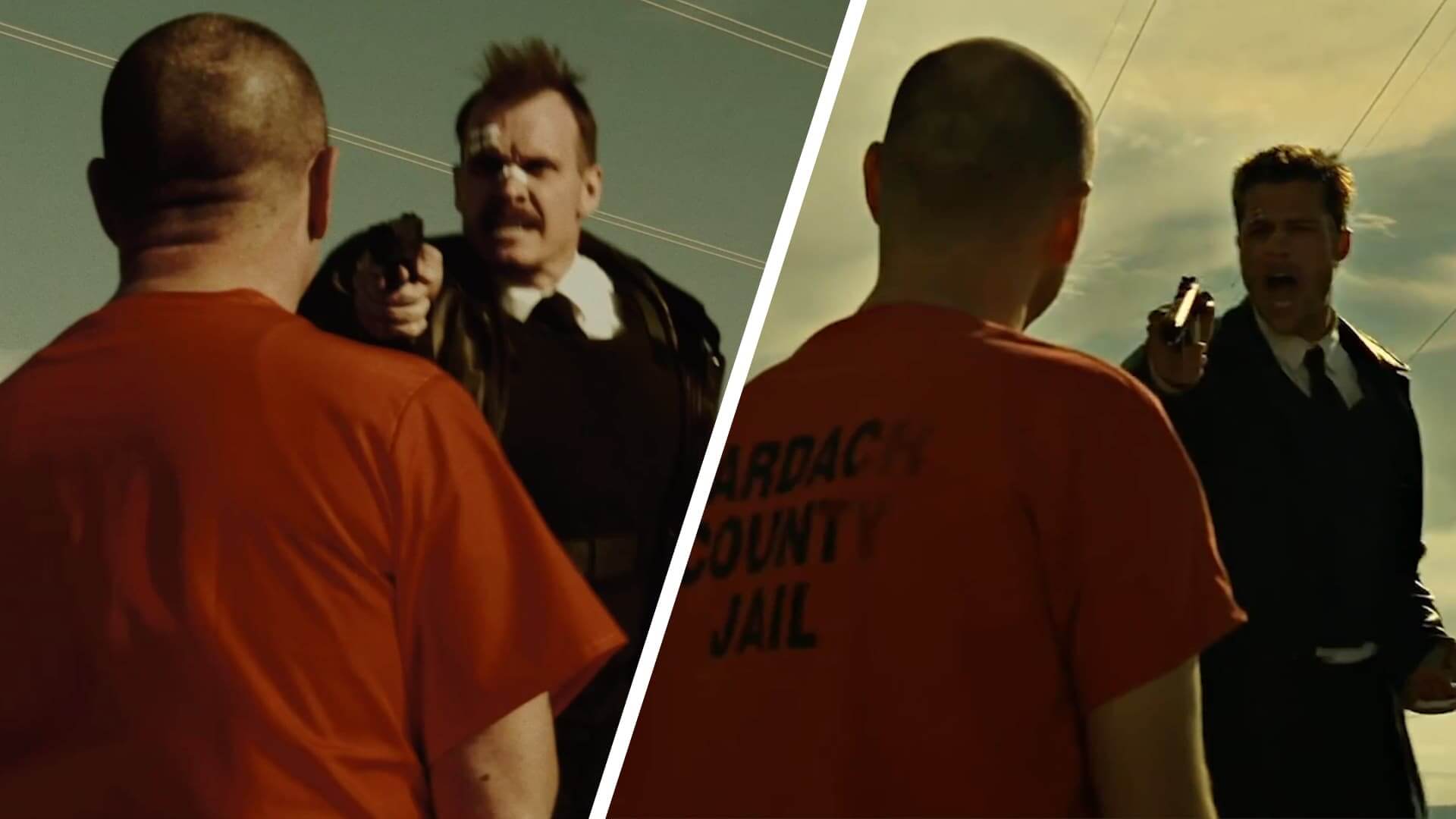Whether you’re making a short film or a feature, having an insanely low budget may seem like a road block, but it doesn’t have to be. No budget movies can also cultivate creativity, encouraging a sort of ‘Necessity is the mother of invention,’ mindset. In this mode, you can take your film to unexpected places and surprise yourself. You don’t need a ton of money to do this, but there are a few things to make this process easier. Below are some quick zero budget filmmaking tips, or at least as close to zero as possible.
DIY MOvie Making
Zero Budget Filmmaking Tips
So, one of the first things I would suggest is budgeting. Do you know how to create a film budget? Well, in this case, you can’t really start budgeting if you don’t have one!
Okay you probably do have one, even if it’s super tiny. But if you aren’t sure how much money you can spend just yet, it’s okay. These tips are general, and are meant to get you into the mode of resourcefulness for DIY movie making.
1. Use Cash on Hand
Try to avoid credit cards. This will bite you somewhere later. Not a good idea. Especially if you want to keep making low-budget movies. There are also plenty of film grants out there that many people don't even realize are available.
2. Be Smart with Gear Rental
So, you can’t afford to buy professional cameras? You’re not alone, most people can’t. Rent them from trusted sites.
ShareGrid is a popular site because you rent directly from other filmmakers, (this keeps the price down, usually, and even fosters networking).
Secondly, if you’re renting from an established company, consider renting on the weekends. Most suppliers will cut you a one day rate for the weekend. Check with a few facilities to see what they offer. Don’t be scared to negotiate.
3. Use Film Software
No need to spend a ton of money on this. The purpose of software is to manage all of the moving parts and stay organized. If you avoid planning out your shots or you decide to wing the schedule, you’ll probably end up wasting way more money.
Look into storyboarding or shot listing — there are countless apps dedicated to these processes today. We threw a storyboard into StudioBinder's Storyboard Feature, to give you an idea.
Click to view the storyboard
Make sure your software has quick and easy share features to communicate in real-time when changes come up. StudioBinder streamlines the entire process — from script writing to scheduling shoot days, keeping it all in one place. So, whichever software you choose, stick to it to stay organized. It will save you time and money.
4. Choose One Location
If you barely have a budget, don’t try to shoot in a million places, especially if you’re working with multiple actors. If you can stick to one place you’ll save time traveling and won’t have to worry about excessive gas reimbursements. Also, if you can shoot outside, without having to pay a venue, even better.
5. Schedule by Location or Actors
Now, of course if you have a slightly higher budget, and are filming in a few locations, make sure to schedule the days based on the locations. If the actors availability allows, bang all of the scenes out in one location on one day. Avoid bringing actors back to the same location. Again, this is where software comes in handy.
6. Thrift Shops or Actors’ Closets
Do not buy new clothes for your wardrobe. Chances are your actors or the local thrift shop will have everything you need. You'd be surprised what you and/or your actors have in the back of your closets.
7. Take Care of Cast & Crew
This is a universal must regardless of your budget. Without your cast and crew, your beautiful creation would not be possible. Consider their time and their needs when you’re planning the shoot, as well as when you’re actually on set.
Related Posts
Up Next
Essential guide to film budgets
Our next post provides a free budget template to all of those about ready to start the pre-production process. The article outlines all of the considerations of crafting a budget, including a few extra tips on how to plan for the unexpected.
Up Next: Film budget guide →
Share your vision with elegant shot lists and storyboards.
Create robust and customizable shot lists. Upload images to make storyboards and slideshows.

